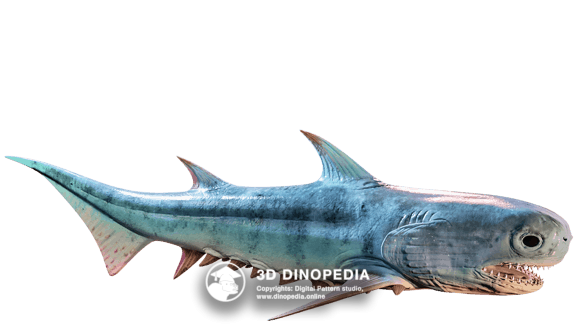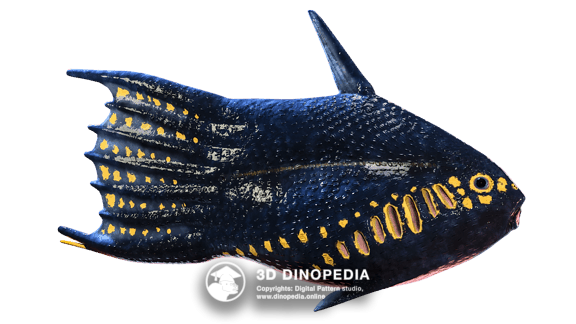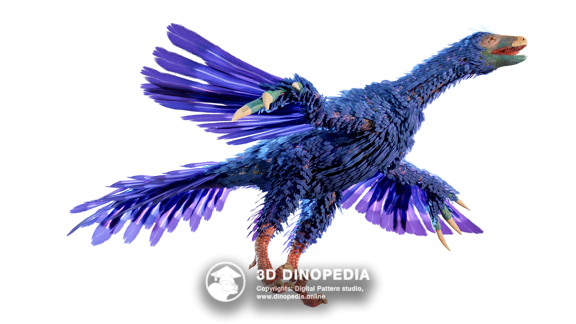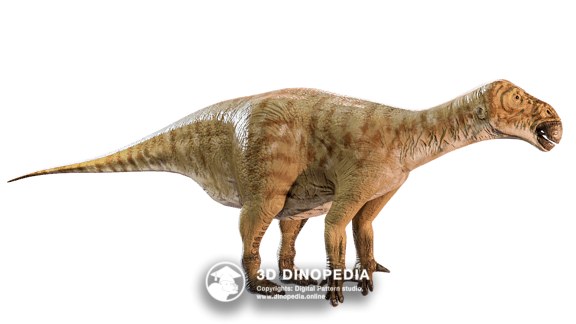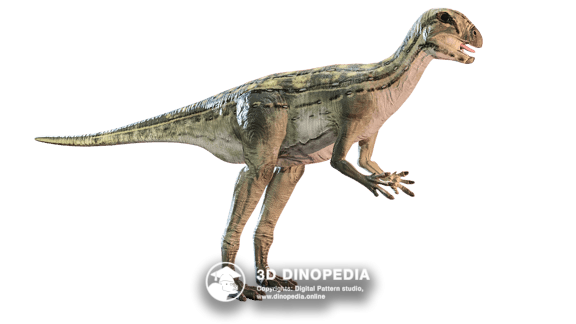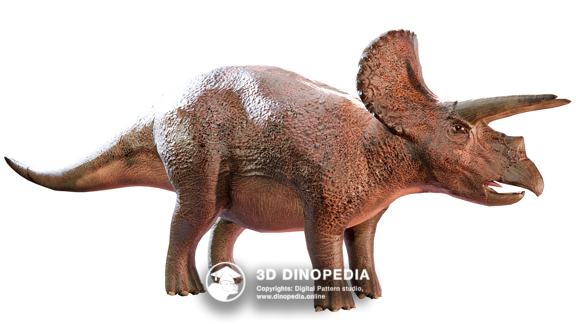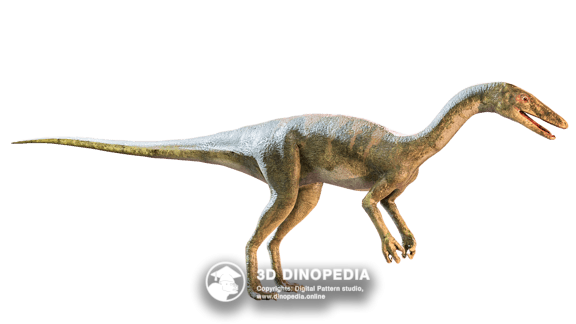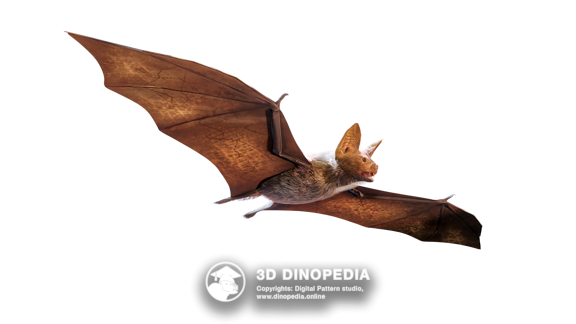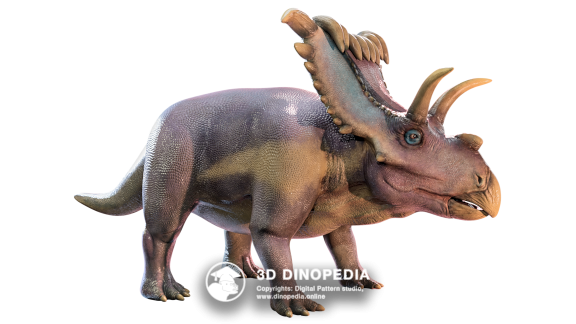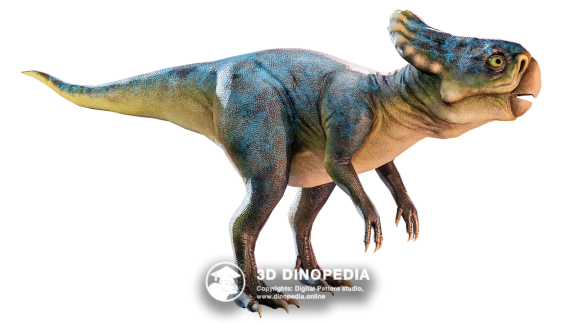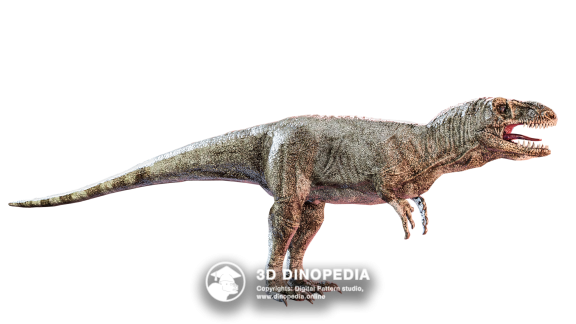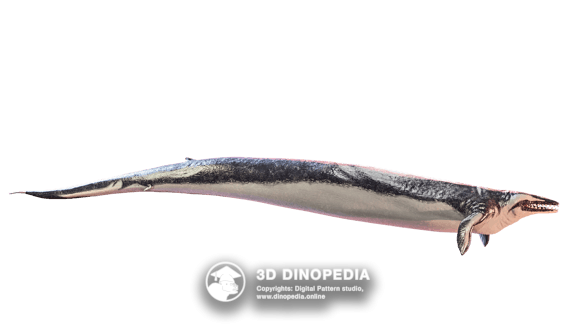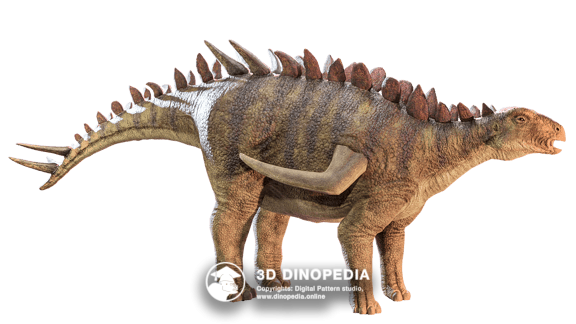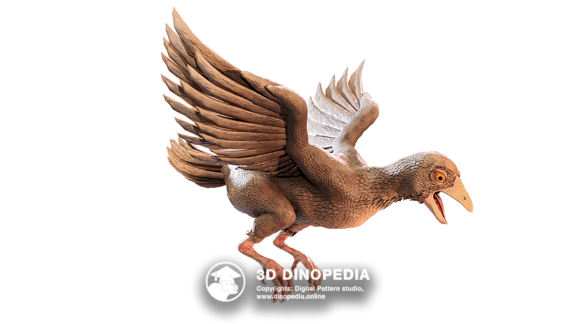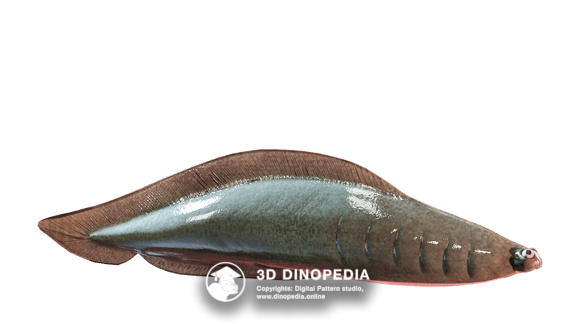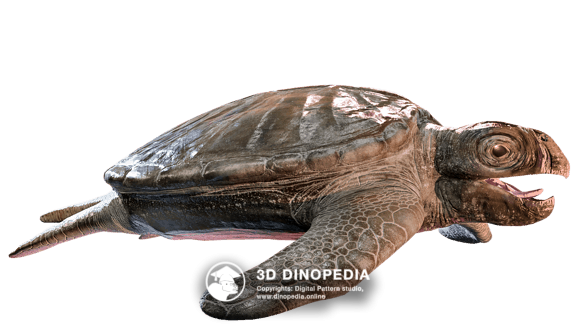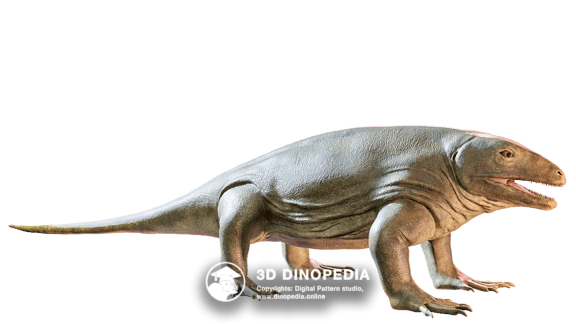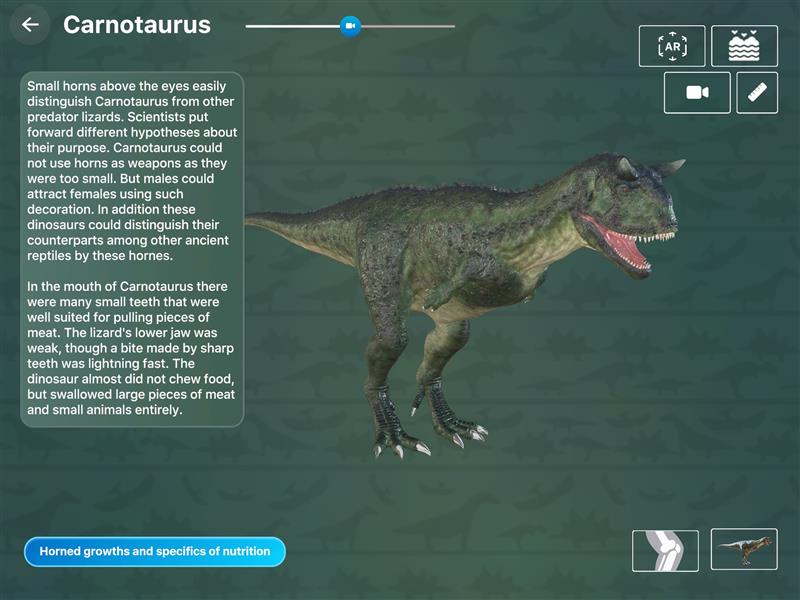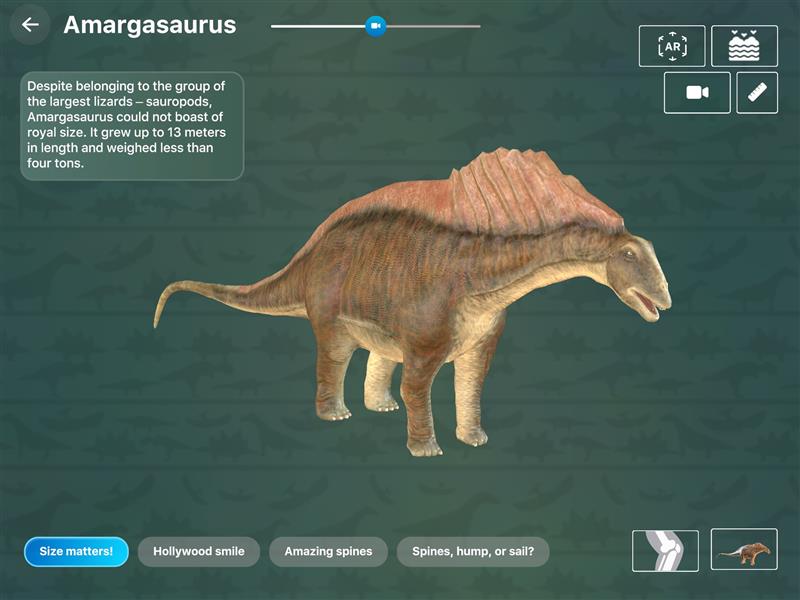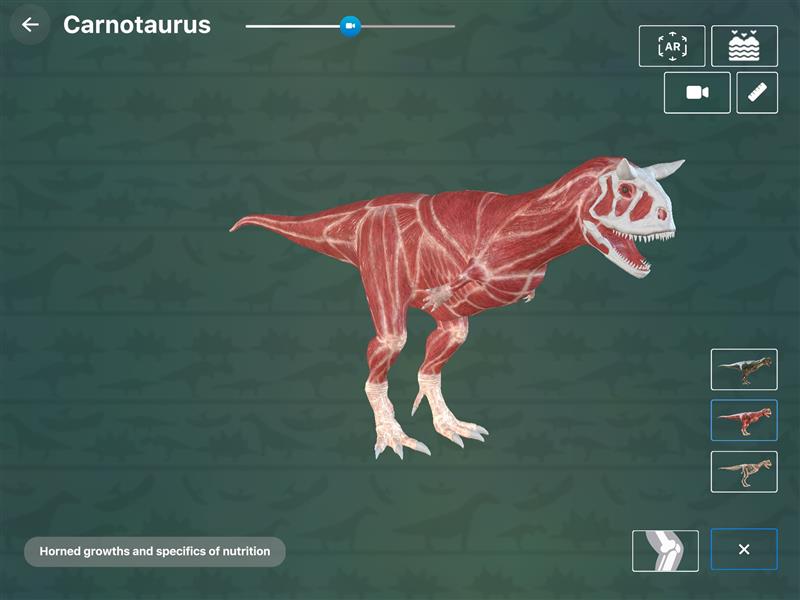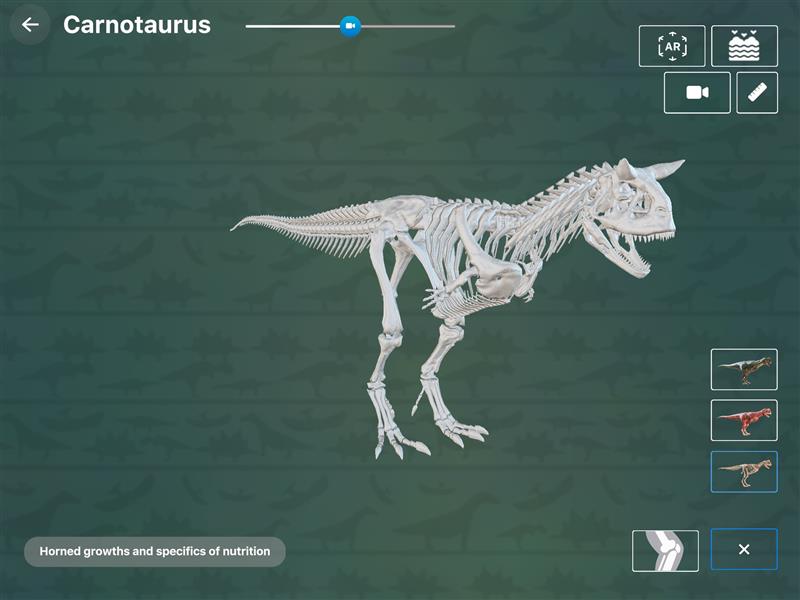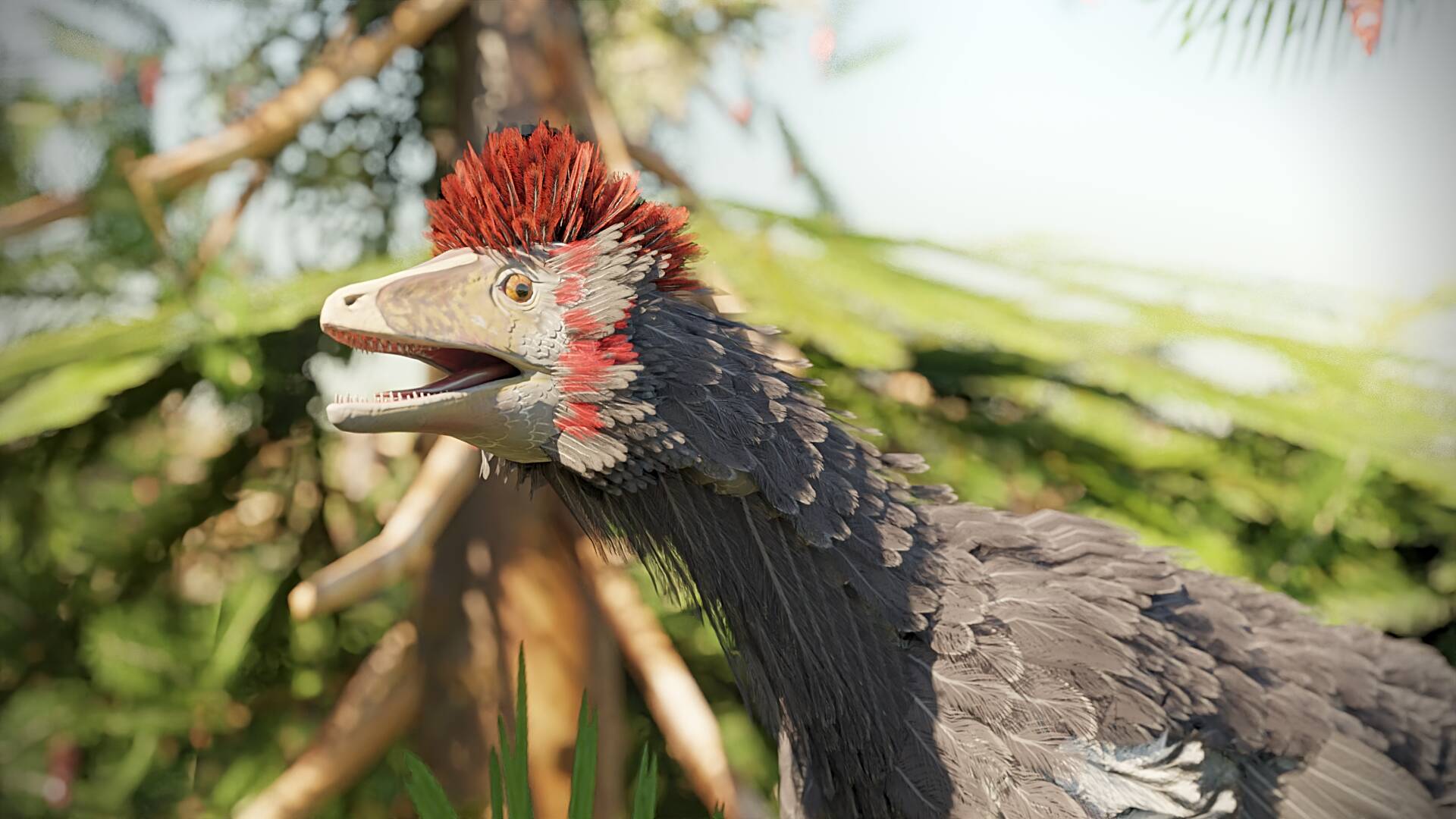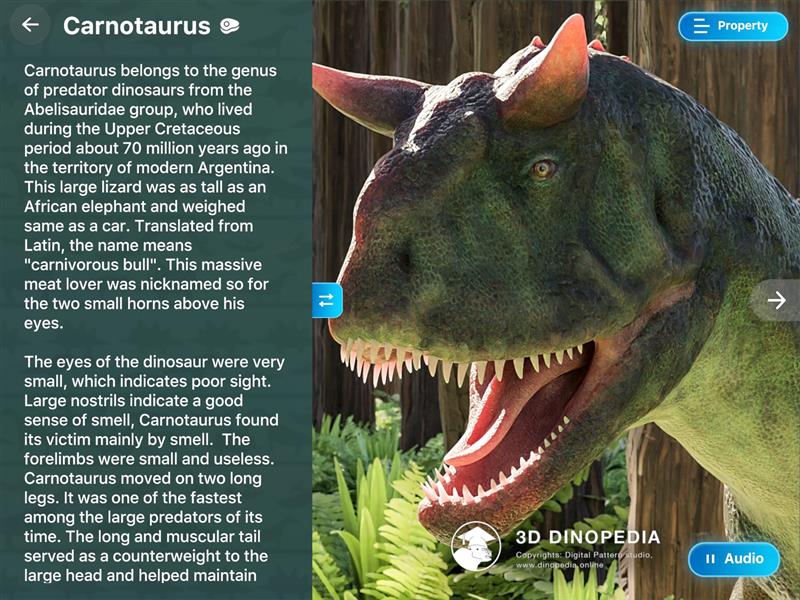Climatius

Name meaning:
Gradation
Period of life:
419 – 411 million years ago
Period:
Habitat:
Marine environment
Taxonomy:
Sharks and rays
Countries:

Name meaning: Derived from the Greek word klima, meaning “gradation” or “step.” The genus was described by Louis Agassiz, who likely referred to the serrated structure of each fin spine—known as ichthyodorulites.
Climatius was a small predator that inhabited the seas during the early Devonian. This fish, reaching up to 7.5 cm in length, belonged to the acanthodians—a group of spiny, fish-like vertebrates. Their name comes from their distinctive feature: sharp spines on the fins.
Climatius is considered part of the acanthodians, primitive relatives of cartilaginous fishes. Acanthodians were characterised by rhomboid scales and fins with strong spines along their leading edges. Climatius had two dorsal fins, numerous paired fins (each reinforced with a spine), and a powerful caudal fin, making it an agile and active swimmer.
But the story of its fins is far from straightforward—Climatius remains something of a mystery. One of the biggest questions concerns the exact number of fins it possessed. Only fossilised spines and bone fragments survive, leaving room for different interpretations and ongoing scientific debate. Today, two main reconstructions are considered plausible:
The “Spiny Ball” Hypothesis
According to this view, Climatius had numerous sharp spines (ichthyodorulites) but only a limited set of fins: a caudal fin, a posterior dorsal fin, and an anal fin.
These fins were reinforced with ichthyodorulites for rigidity. The other spines, positioned along the flanks and belly, likely didn’t support fins but instead served as defensive armour against predators. In this reconstruction, Climatius resembled a spiny ball, able to ward off attackers.
The “Frigate Ship” Hypothesis
This version suggests that almost every spine supported a small fin, dramatically increasing their total number and giving the fish the look of an 18th–19th century sailing frigate, bristling with sails. Interpretations also vary regarding the size of these supposed fins.
The most comprehensive study of Climatius was carried out in 2015, based on exceptionally well-preserved remains from Scotland. The findings indicated that only the anterior spines were truly fin-like, while the others were most likely just defensive spines. The most widely accepted conclusion today is a compromise: Climatius had two dorsal fins, a caudal fin, an anal fin, and two pectoral fins, along with many spines along its belly—but it lacked pelvic fins.
Regardless of its fin arrangement, Climatius was a predator. Its diet consisted of small fish and crustaceans, which it captured with sharp teeth. Its large eyes, positioned close to the front of the skull, suggest it could hunt in low-light conditions—perhaps even in deeper waters.
Discussions
Other animals
 INTERESTING FACTS
INTERESTING FACTS
 PUZZLES
PUZZLES
 HOME
HOME
 3D MODEL "SKIN"
3D MODEL "SKIN"
 3D MODEL "MUSCLES"
3D MODEL "MUSCLES"
 3D MODEL "SKELETON"
3D MODEL "SKELETON"
 VISION
VISION
 NEIGHBORS
NEIGHBORS
 VOICE ACTING
VOICE ACTING
 AR - MODE
AR - MODE
 GALLERY
GALLERY
 HISTORY OF DISCOVERIES
HISTORY OF DISCOVERIES
